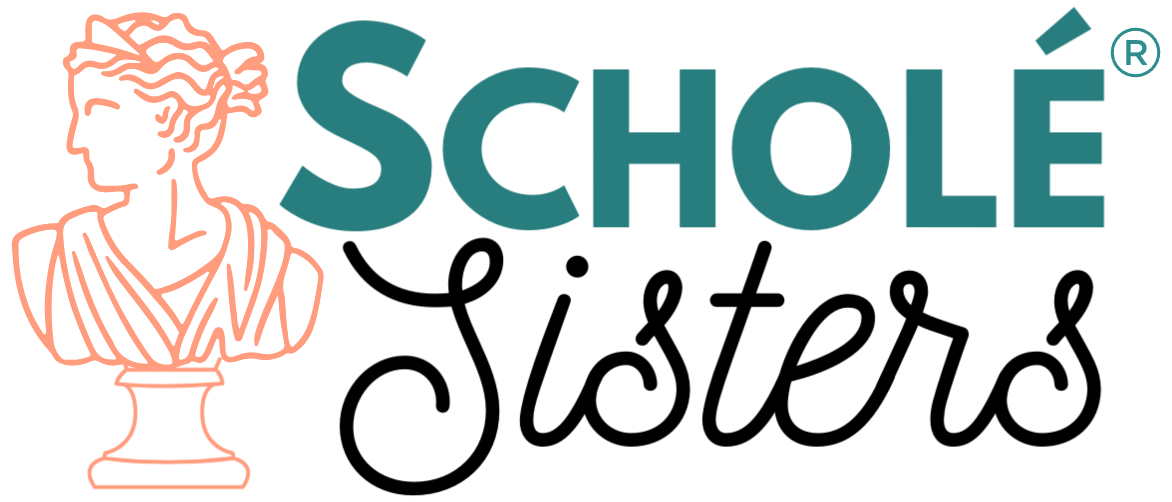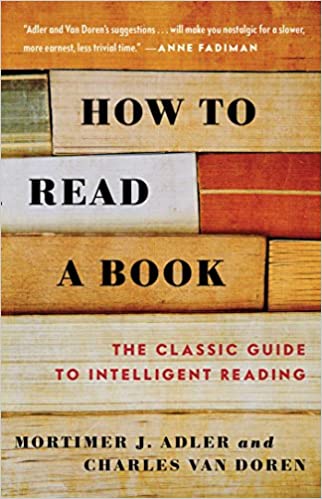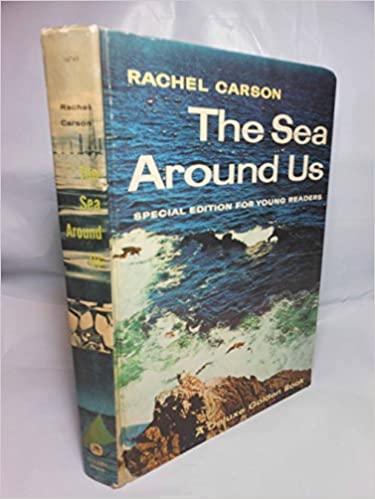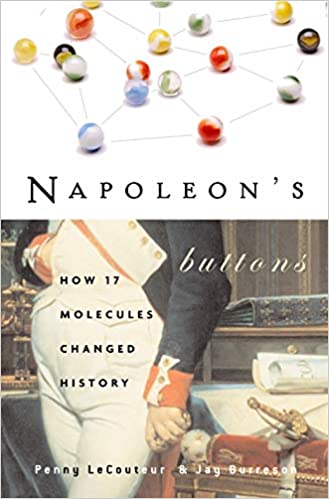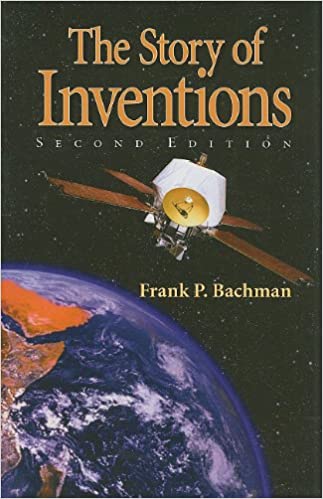How to Read a Book: The Classic Guide to Intelligent Reading
Originally published in 1940, this book is a rare phenomenon, a living classic that introduces and elucidates the various levels of reading and how to achieve them—from elementary reading, through systematic skimming and inspectional reading, to speed reading. Readers will learn when and how to “judge a book by its cover,” and also how to X-ray it, read critically, and extract the author’s message from the text.
Also included is instruction in the different techniques that work best for reading particular genres, such as practical books, imaginative literature, plays, poetry, history, science and mathematics, philosophy and social science works.
Finally, the authors offer a recommended reading list and supply reading tests you can use measure your own progress in reading skills, comprehension, and speed.
More info →The Sea Around Us
A VERY special and important book for young readers written by a highly respected and often referenced scientist, Dr. Rachel Carson, author of "Silent Spring". Appropriate for age group pre-teen through high school years. Very nice pictorial cover of a rocky coast and the sea. This is not a simplistic picture book, but is actually a well-written and comprehensive scientific text. A must for every young person interested in environmental sciences. "The fascinating story of the oceans of the earth and the life they support, especially adapted for young readers from the original text of Rachel Carson's magnificent best-seller. With more than 150 marine photographs, maps and drawings in color and black-and-white."
More info →Napoleon’s Buttons: How 17 Molecules Changed History
Napoleon's Buttons is the fascinating account of seventeen groups of molecules that have greatly influenced the course of history. These molecules provided the impetus for early exploration, and made possible the voyages of discovery that ensued. The molecules resulted in grand feats of engineering and spurred advances in medicine and law; they determined what we now eat, drink, and wear. A change as small as the position of an atom can lead to enormous alterations in the properties of a substance-which, in turn, can result in great historical shifts.
With lively prose and an eye for colorful and unusual details, Le Couteur and Burreson offer a novel way to understand the shaping of civilization and the workings of our contemporary world.
More info →The Story of Inventions
Great inventions, historical biographies, strong morals, and the godly character traits necessary for success are highlighted in this collection of stories. From the steam engine and the printing press to television and computers, a wide range of inventions is covered in short chapters that include reading comprehension questions. For older elementary students. 354 pages, softcover from Christian Liberty Press.
More info →